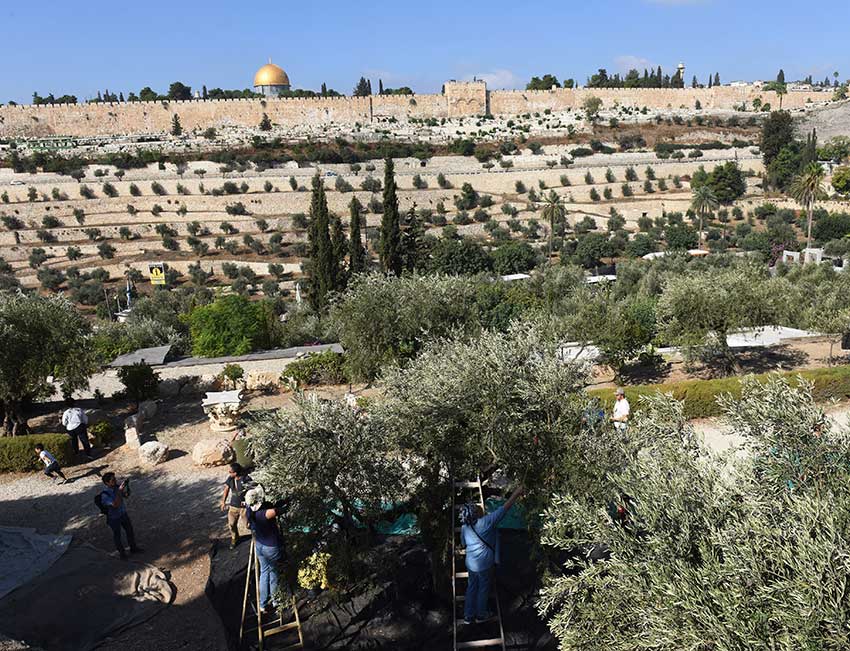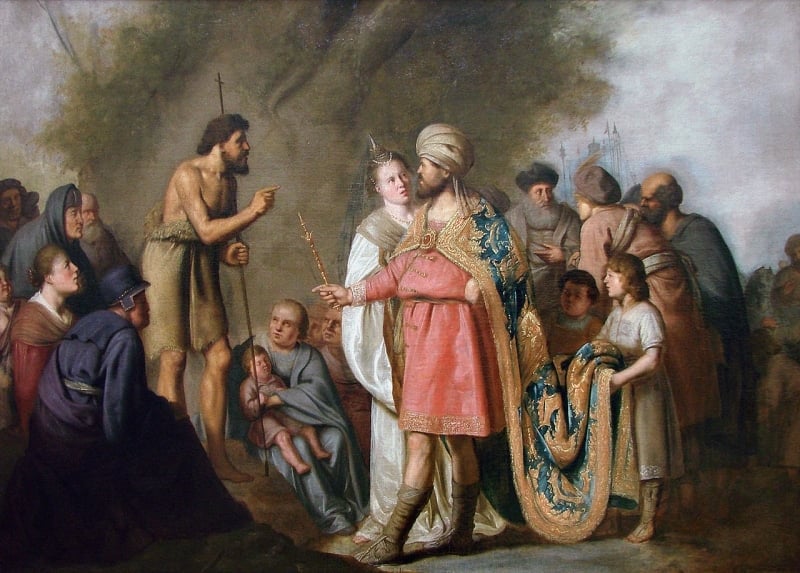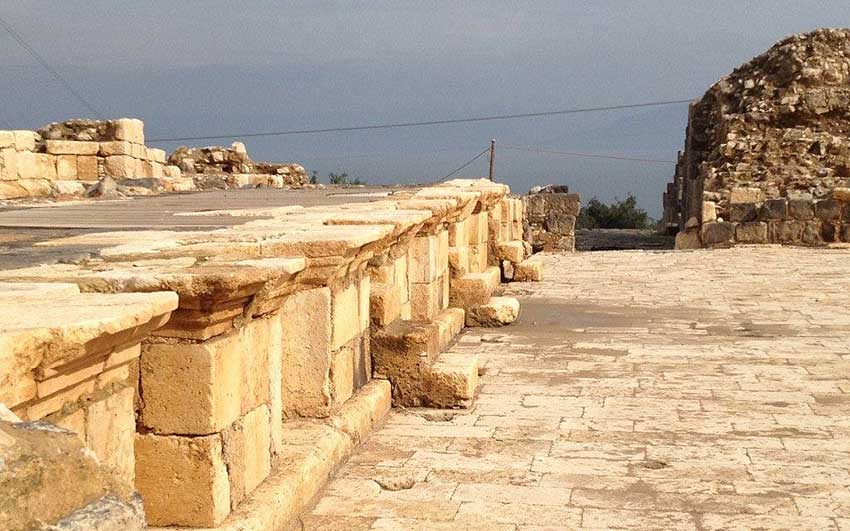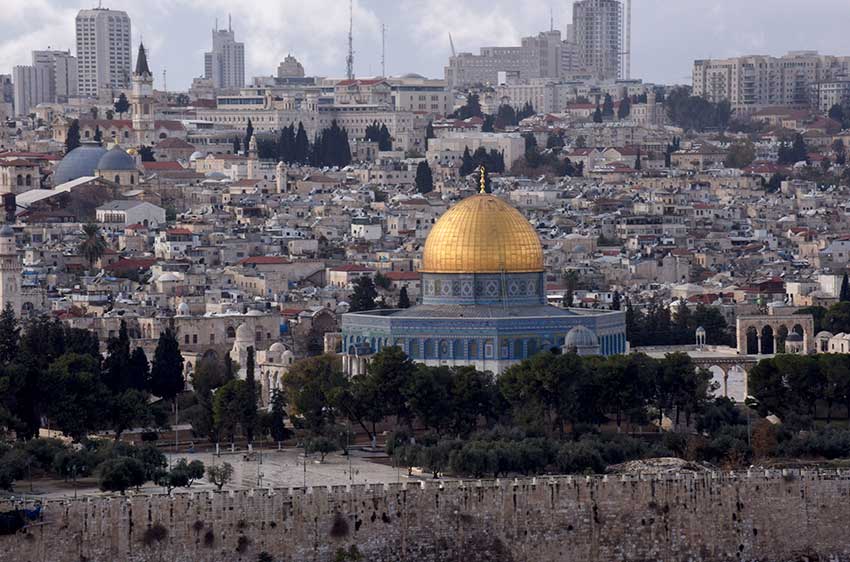
Herod Antipas
You have written that the Herod who appeared at the end of Jesus’ life was not the Herod who wanted to kill him after he was born. Who was this second Herod, what was his relationship with the first Herod and what sort of person was he?
The Herod at the end of Jesus’ life was the son of King Herod the Great, who had tried to kill Jesus by having all the boys under the age of two put to death. His official name was Antipater but he is more commonly known as Herod Antipas, or simply Herod. He was born sometime before 20 BC and died after 39 AD. He was the brother of Archelaus, who ruled Judea after their father’s death in 4 BC.
After the death of Herod the Great, the emperor Augustus recognised Herod Antipas as ruler of Galilee, in the north of Israel, and of Perea, to the east of the Jordan River. He had the title of tetrarch, meaning one of four rulers at the time. In the New Testament he is called both “Herod the tetrarch” (Mt 14:1) and “King Herod” (Mk 6:14-29) although he never had the title of king. It is he who had imprisoned John the Baptist and consented to his beheading at the request of his wife Herodias’ daughter (cf. Mk 6:14-29).

Herod the Great had originally designated Antipas to succeed him as ruler of Judea, but shortly before he died he changed his will, naming instead Antipas’ brother Archelaus as his successor. In the end, Augustus accepted King Herod’s will and named Archelaus ethnarch of Judea and Antipas tetrarch of Galilee and Perea. Antipas governed until 39 AD.
Like his father, King Herod, Antipas was known as a builder. One of his greatest achievements was the building of his capital, Tiberias, on the western shore of the Sea of Galilee, named after his patron, the emperor Tiberius, who succeeded Augustus in 14 AD.
At first, observant Jews refused to live in Tiberias because it was built on top of a graveyard, resulting in ritual impurity for them. Antipas had to resort to bringing in a mixture of foreigners, forced migrants, poor people and slaves to populate the city. Another of Herod’s projects was the rebuilding and fortifying of Sepphoris, which had been destroyed by fire.

Early in his reign Herod Antipas married Phasaelis, the daughter of King Aretas IV of Nabatea, which bordered on Perea. But on a visit to Rome he stayed with his half-brother Philip, also known as Herod II, and fell in love with Philip’s wife Herodias, the granddaughter of Herod the Great, and Antipas’ niece. They agreed to marry after Herod divorced Phasaelis. John the Baptist condemned Herod for this marriage, moving Herod to have him arrested and later beheaded.
Phasaelis came to know of the planned marriage and she travelled back to her father Aretas, who later waged war on Herod, defeating his forces. Emperor Tiberius ordered a Roman counter-offensive against Aretas but it was abandoned on the death of Tiberius in 37 AD.
It was in Herod’s territory of Galilee that Jesus grew up and began his public ministry. When he heard of Jesus’ teaching and miracles, Herod feared that Jesus might be John the Baptist risen from the dead and he sought to see him (cf. Lk 9:7-9). Later some Pharisees told Jesus to leave Galilee because Herod wanted to kill him, prompting Jesus to call Herod a “fox” and to imply that he would not fall victim to Herod because “it cannot be that a prophet should perish away from Jerusalem” (Lk 13:31-32).

Photo: CNS, Debbie Hill
When Jesus was later arrested in Jerusalem, Pilate, hearing that Jesus was a Galilean and therefore belonged to Herod’s jurisdiction, sent him to Herod, who was in Jerusalem at the time. Herod was very happy to see Jesus because he had heard about him and hoped to see him perform a miracle. He questioned him at length, but because Jesus did not answer him, he sent him back to Pilate. Herod and Pilate, who had been at enmity with each other, became friends that day (cf. Lk 23:6-12).
In 39 AD Herod was accused by his nephew Agrippa I of conspiracy against the new Roman emperor Caligula, who sent him into exile Spain. Herod’s wife Herodias chose to join him and he died there sometime after 39 AD.
